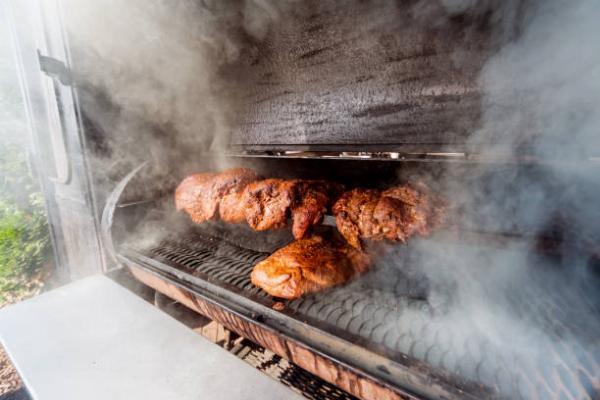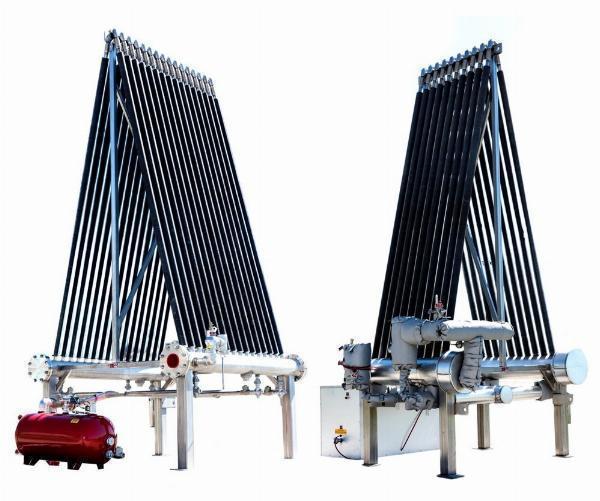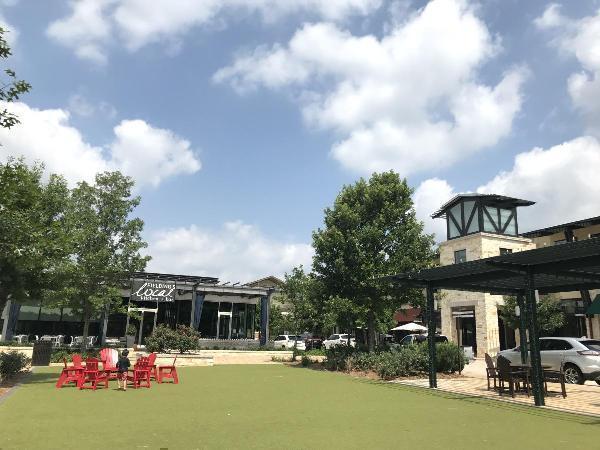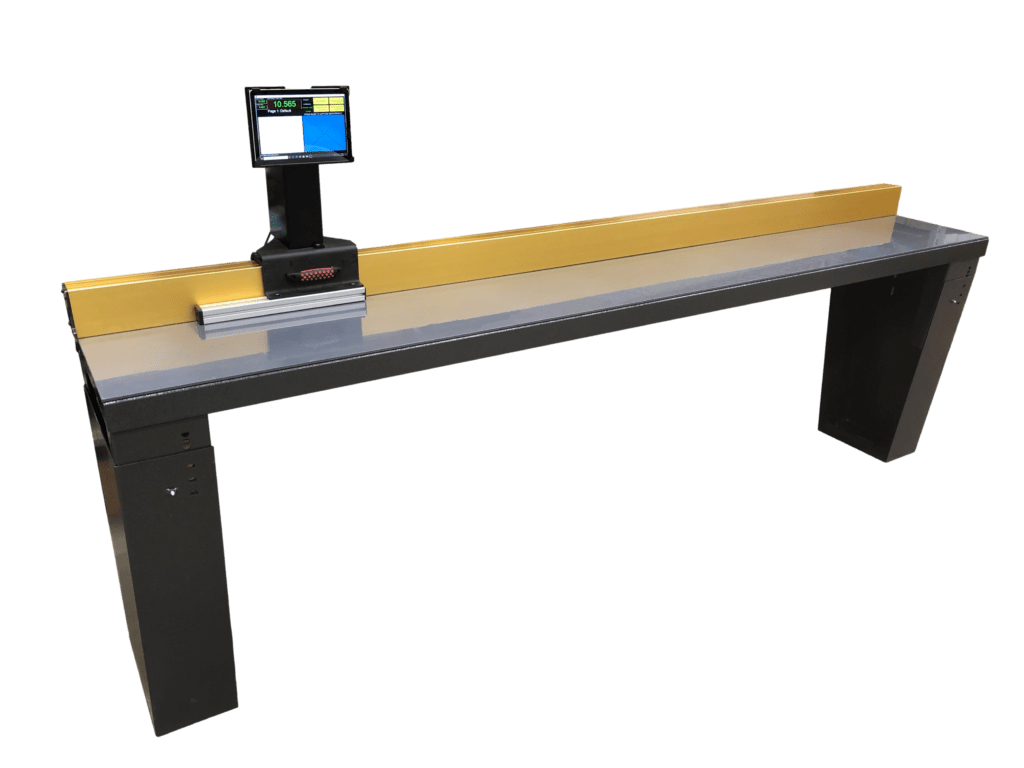Mastering the Art of Barbecue with Offset BBQ Smokers: The Ultimate Guide

Strong 8k brings an ultra-HD IPTV experience to your living room and your pocket.
Offset BBQ smokers are a favorite among barbecue enthusiasts for their ability to produce authentic, smoky, and flavorful meats. These smokers are ideal for both beginners and seasoned pitmasters who want to perfect their barbecue craft. In this comprehensive guide, we'll explore what offset BBQ smokers are, how they work, their benefits, and tips for getting the best results. Whether you're looking to buy your first offset smoker or improve your smoking skills, this guide has you covered.
What is an Offset BBQ Smoker?
An offset BBQ smoker is a type of smoker that uses indirect heat and smoke to cook food. It consists of two main parts: the firebox and the cooking chamber. The firebox, located on the side of the smoker, is where you burn wood or charcoal to create heat and smoke. The smoke and heat are then channeled into the cooking chamber, where the food is placed, providing a slow and even cooking process. This method imparts a rich, smoky flavor to the meat, which is the hallmark of great barbecue.
The Anatomy of an Offset BBQ Smoker
Understanding the key components of an offset BBQ smoker can help you use it more effectively. Here’s a breakdown of its parts:
Firebox: The firebox is where you add your fuel (wood or charcoal) to generate heat and smoke. It’s designed to maintain high temperatures and provide a steady flow of smoke into the cooking chamber.
Cooking Chamber: This is the main compartment where the food is placed. It usually has grates or racks to hold the meat and is where the slow-cooking process occurs.
Chimney/Flue: The chimney or flue is a pipe that allows smoke and heat to escape from the cooking chamber. It helps regulate the airflow and temperature inside the smoker.
Dampers/Vents: These are adjustable openings on the firebox and cooking chamber that control the amount of air entering and exiting the smoker. Proper use of dampers is crucial for temperature control.
Grates and Racks: These are placed inside the cooking chamber to hold the meat. Some smokers also have additional racks for increased cooking capacity.
Thermometer: Most offset smokers come with a built-in thermometer to help you monitor the temperature inside the cooking chamber.
Benefits of Using an Offset BBQ Smoker
Offset BBQ smokers offer several advantages that make them a popular choice among barbecue lovers:
Superior Flavor: The indirect cooking method and the use of wood as fuel impart a rich, smoky flavor that is difficult to achieve with other types of grills or smokers.
Large Cooking Area: Offset smokers typically have a large cooking chamber, allowing you to smoke large quantities of meat at once, making them ideal for parties and gatherings.
Versatility: You can use an offset smoker for various types of barbecue, including ribs, brisket, chicken, and even vegetables.
Control Over Cooking: The ability to control temperature and smoke levels gives you greater precision in cooking, resulting in perfectly smoked meats.
How to Choose the Right Offset BBQ Smoker?
Selecting the perfect offset BBQ smoker involves considering several factors:
Size: Determine the size of the smoker based on your cooking needs and space availability. Larger models are great for big gatherings, while smaller ones are suitable for family use.
Material: Look for smokers made from high-quality materials like heavy-duty steel or cast iron, which provide better heat retention and durability.
Features: Consider features like adjustable dampers, built-in thermometers, and easy-access ash pans. These can make your smoking experience more enjoyable and efficient.
Budget: Offset smokers come in a range of prices. While higher-end models offer advanced features and better build quality, there are also affordable options that perform well for casual use.
How to Use an Offset BBQ Smoker?
Using an offset BBQ smoker requires some practice and technique. Here’s a step-by-step guide:
Prepare the Firebox: Start by lighting your fuel in the firebox. Use a chimney starter for charcoal or build a small fire with wood. Allow the fire to establish a steady, low heat.
Control the Temperature: Adjust the dampers to control airflow and maintain a consistent temperature. Open the dampers to increase airflow and temperature, and close them to reduce temperature.
Preheat the Cooking Chamber: Let the cooking chamber preheat to the desired temperature before placing your meat inside. A temperature range of 225°F to 275°F is ideal for most smoking recipes.
Add Wood Chips or Chunks: For added flavor, place soaked wood chips or chunks in the firebox. This will ensure a steady release of smoke throughout the cooking process.
Monitor the Temperature: Keep an eye on the temperature inside the cooking chamber using the built-in thermometer. Adjust the dampers as needed to maintain a consistent heat level.
Cook the Meat: Place your meat on the grates in the cooking chamber. Close the lid and let the smoker do its work. Avoid opening the lid frequently, as this can cause temperature fluctuations.
Rest and Serve: Once the meat reaches the desired internal temperature, remove it from the smoker and let it rest before slicing. This allows the juices to redistribute, resulting in a more flavorful barbecue.
Tips for Achieving Perfect Barbecue
Season Your Smoker: Before using your offset BBQ smoker for the first time, season it by running a low, slow burn for several hours. This helps burn off any residual oils and creates a protective layer inside the smoker.
Use a Water Pan: Placing a pan of water in the cooking chamber helps maintain moisture and regulate temperature fluctuations.
Experiment with Wood Types: Different woods impart unique flavors to your meat. Try hickory, mesquite, applewood, or cherrywood to find your favorite flavor profiles.
Invest in a Good Meat Thermometer: A quality meat thermometer is essential for ensuring your meat reaches the perfect doneness and is safe to eat.
Maintenance and Care
Proper maintenance will extend the life of your offset BBQ smoker and ensure optimal performance:
Clean After Each Use: Remove ash and residue from the firebox and cooking chamber after each use to prevent buildup and maintain efficient operation.
Inspect for Rust: Regularly check for signs of rust and address them promptly. Keep your smoker covered when not in use to protect it from the elements.
Oil the Grates: Apply a light coat of cooking oil to the grates before each use to prevent food from sticking and protect the grates from rust.
Conclusion
Offset smokers offer an unparalleled barbecue experience, blending traditional cooking methods with modern craftsmanship. By understanding their components, choosing the right model, and mastering the techniques, you can elevate your BBQ game to new heights. Whether you’re smoking brisket, ribs, or vegetables, an offset BBQ smoker is a versatile and rewarding tool that will enhance your outdoor cooking adventures. Embrace the art of smoking and enjoy the savory rewards of perfectly cooked, smoky barbecue!
Note: IndiBlogHub features both user-submitted and editorial content. We do not verify third-party contributions. Read our Disclaimer and Privacy Policyfor details.







